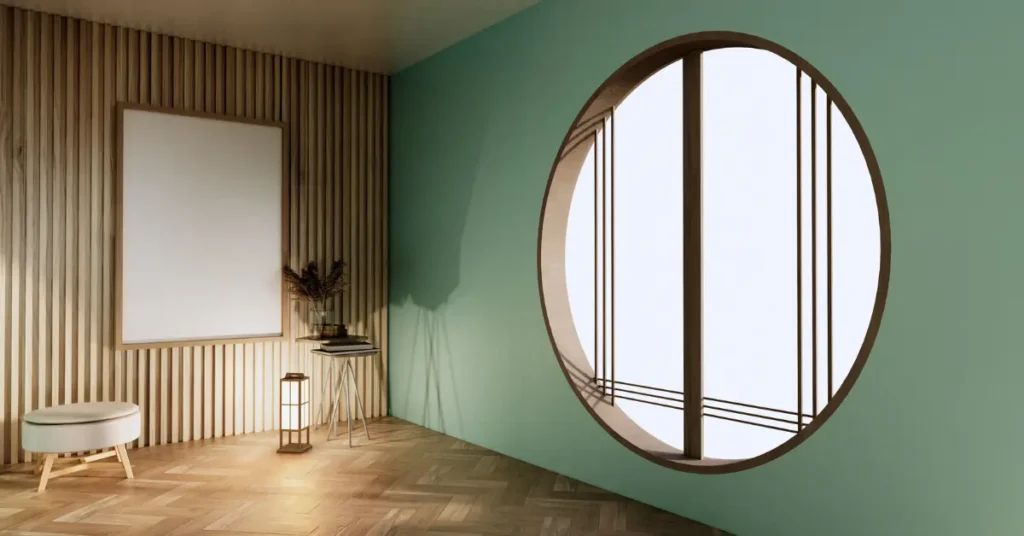Crafting Compelling Rendering Packages: A Guide to Client Visualization

In the dynamic world of architecture and design, effective communication with clients is paramount. One powerful tool that has revolutionized this communication is rendering packages. These packages bring your designs to life, providing clients with realistic visualizations of their future spaces. In this comprehensive guide, we’ll explore the art of creating rendering packages for your clients, helping you present your ideas in a visually stunning and client-friendly manner.
Understanding the Significance of Rendering Packages
Bridging the Imagination Gap
Before delving into the intricacies of creating rendering packages, it’s crucial to understand their significance. These packages serve as a bridge between your design imagination and your clients’ expectations. By offering lifelike visualizations, you can effectively convey the look and feel of the proposed space, ensuring that clients are on board with your creative vision.
Building Client Confidence
Rendering packages instill confidence in clients by allowing them to see the end result before construction begins. This not only facilitates better decision-making but also fosters a sense of trust and collaboration. Clients can actively participate in the design process, providing feedback based on tangible visuals.
Setting the Foundation for Successful Rendering Packages
Define Project Goals and Scope
Start by clearly defining the goals and scope of the project in collaboration with your clients. Understand their preferences, functional requirements, and aesthetic aspirations. This foundational understanding will shape the content and focus of your rendering packages.
Know Your Audience
Tailor your rendering packages to the specific needs and preferences of your clients. Consider their familiarity with design terminology and their ability to interpret technical drawings. Customizing your approach ensures that the visualizations resonate with your audience effectively.
Choosing the Right Rendering Software
Explore Rendering Software Options
Numerous rendering software options are available in the market, each with its own set of features and capabilities. Explore popular choices such as V-Ray, Lumion, or Enscape, and select the one that aligns with your design workflow and client presentation needs.
Mastering Rendering Techniques
Regardless of the software you choose, invest time in mastering rendering techniques. Understand lighting, textures, and camera settings to create realistic and visually appealing images. Experiment with different styles to find the aesthetic that best suits the project.
Developing the Rendering

Create a Detailed 3D Model
The foundation of a compelling rendering package is a detailed and accurate 3D model. Pay meticulous attention to scale, proportions, and spatial relationships. Ensure that your model accurately represents the design intent, including furniture, lighting, and other key elements.
Lighting: The Key to Realism
Mastering lighting is pivotal in achieving realism in your renderings. Experiment with natural and artificial lighting to emulate different times of day and moods. Showcase how light interacts with surfaces, casting shadows and creating depth in your visualizations.
Enhancing Visualization
Apply Realistic Textures and Materials
Textures play a vital role in enhancing the visual appeal of your renderings. Mimic real-world materials by applying accurate textures to surfaces. Whether it’s the warmth of wood or the sleekness of glass, realistic materials contribute to the overall authenticity of the visualization.
Utilize Entourage Elements
Incorporate entourage elements such as people, plants, and furnishings to bring life to your renderings. These elements not only add scale and context but also help clients envision the practicality and livability of the designed space.
Assembling the Rendering Package
Develop Multiple Views
Create a series of views to showcase different aspects of the design. Highlight key areas, perspectives, and design details to offer a comprehensive visual experience. Develop both wide shots and close-ups to provide a holistic understanding of the space.
Sequence Images for Narration
Consider sequencing your images to create a visual narrative. Take clients on a journey through the space, guiding them from one area to another. This approach helps in storytelling and ensures that clients grasp the flow and functionality of the design.
Documenting and Annotating
Add Context with Annotations
Incorporate annotations to provide context and highlight important design elements. Explain specific choices, material selections, or unique features that might not be immediately evident in the visualizations. Annotations add a layer of information that enriches the client’s understanding.
Include a Design Concept Statement
Begin your rendering package with a design concept statement. Clearly articulate the overarching theme, inspiration, and goals of the project. This narrative sets the tone for the package and offers clients a deeper understanding of the design rationale.
Presenting the Rendering Package
Choose the Right Presentation Medium
Consider the preferences of your clients when choosing how to present your rendering package. Whether through physical prints, digital presentations, or virtual reality experiences, select a medium that aligns with your clients’ comfort level and enhances the impact of your visualizations.
Encourage Client Interaction
During the presentation, encourage clients to interact with the renderings. Provide opportunities for them to explore the space independently, ask questions, and express their preferences. This interactive approach fosters engagement and ensures that clients feel actively involved in the design process.
Receiving and Incorporating Feedback
Foster Constructive Feedback
After presenting the rendering package, create an open and collaborative environment for feedback. Foster a constructive discussion where clients feel comfortable expressing their thoughts and preferences. Use their insights to refine and enhance the visualizations.
Iterate for Perfection
Take client feedback as an opportunity for refinement. Iterate on the rendering package, incorporating suggested changes and improvements. Regularly communicate progress to maintain transparency and reassure clients that their input is valued.
Conclusion
Creating rendering packages for your clients is an art that combines technical proficiency with creative flair. By understanding the significance of rendering packages, setting a strong foundation, choosing the right software, and mastering rendering techniques, you empower yourself to deliver visualizations that captivate and inspire. Remember, rendering packages are not just about showcasing a design; they are about creating an emotional connection between your vision and your clients’ aspirations. With a commitment to excellence in every visual element, you can elevate your client presentations and establish a reputation for delivering exceptional design experiences.












